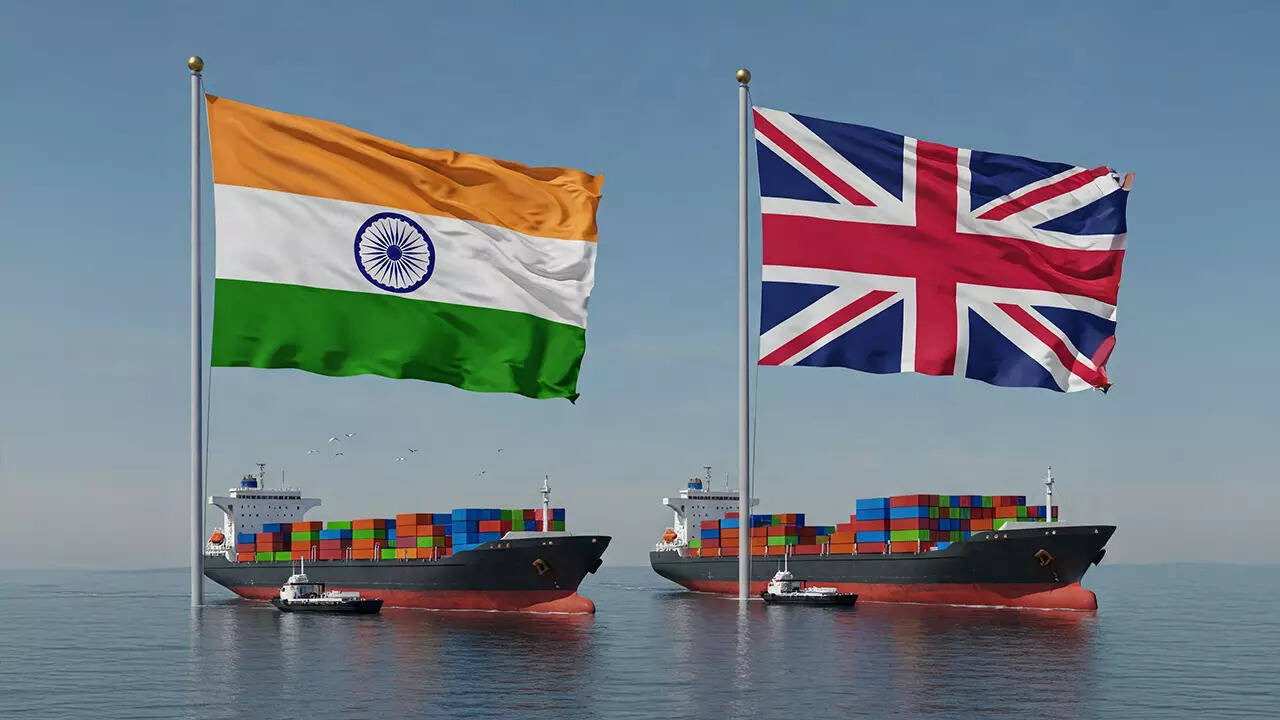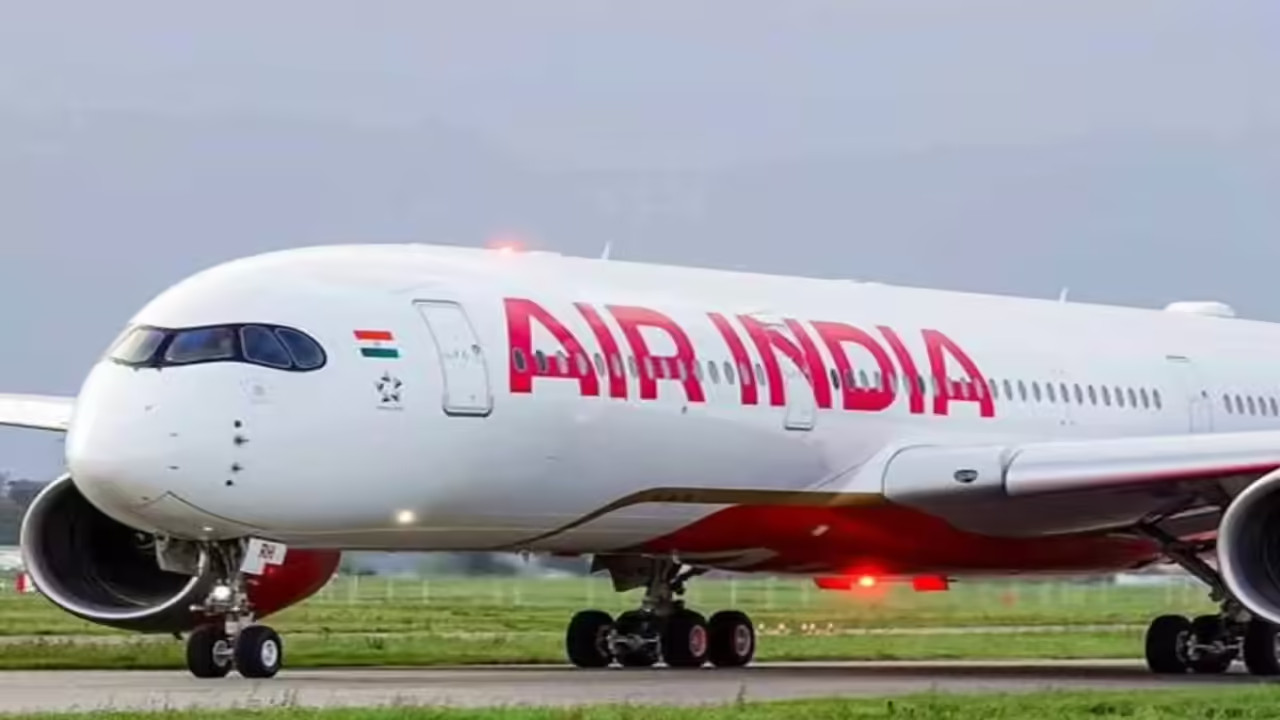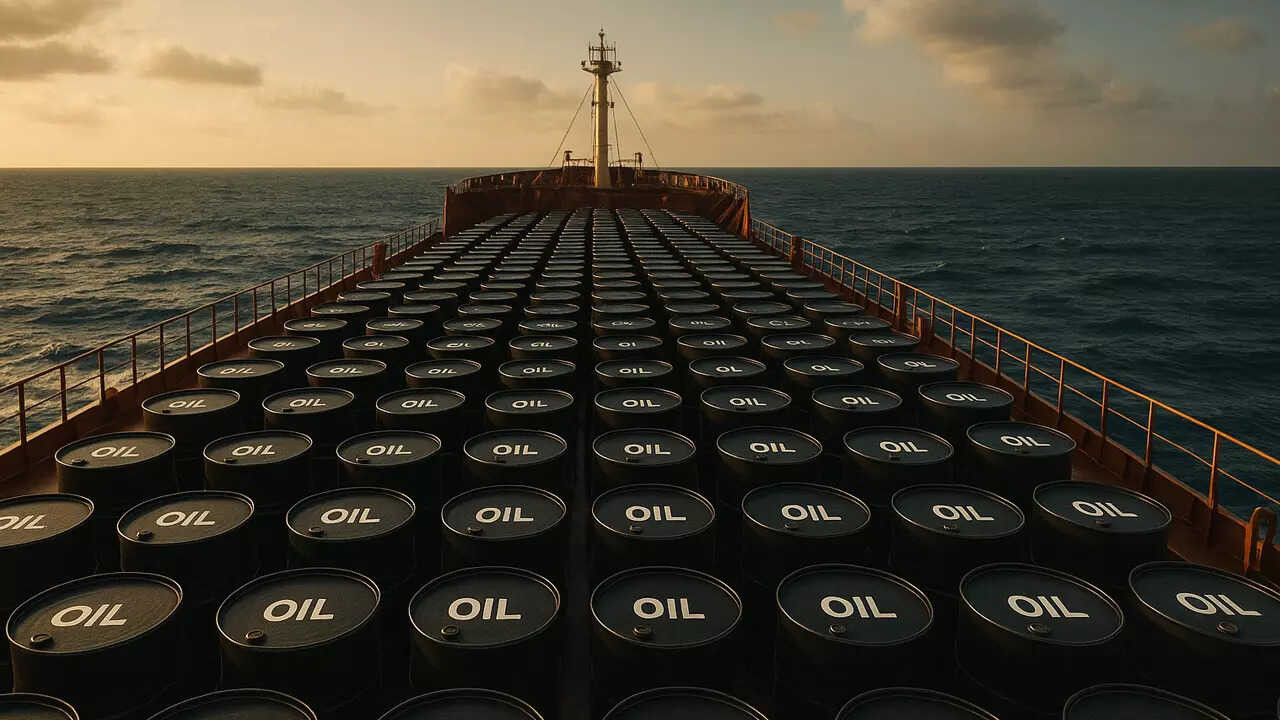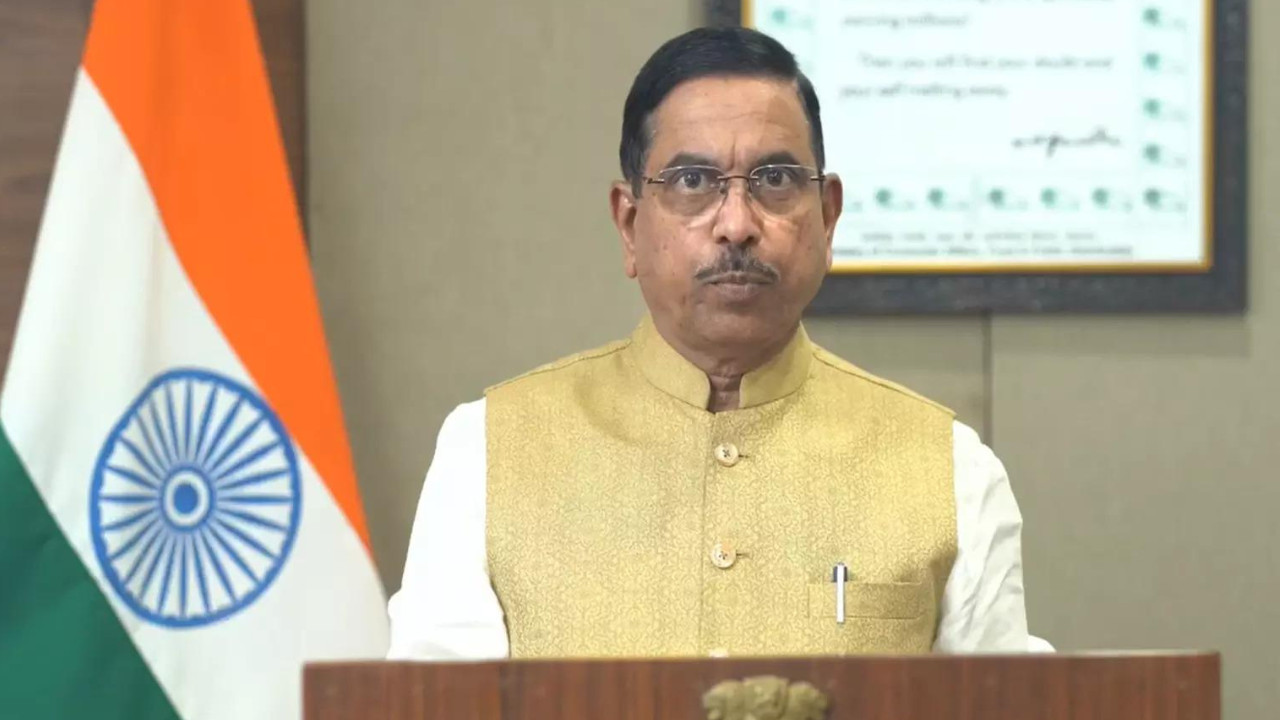India and the UK have formalized a free trade agreement, aiming to double bilateral trade to $112 billion by 2030. The deal grants duty-free access to 99% of Indian exports to Britain, boosting sectors like textiles and leather. Simultaneously, prices for British automobiles and whiskey will decrease in India.
A Cuppa Cheaper Tea? What India-UK Trade Deal Could Mean for Your Wallet
The headlines have been buzzing: India and the UK are closer than ever to finalizing a Free Trade Agreement (FTA). But beyond the political grandstanding, what does this actually mean for everyday Indians? Will it make a dent in our budgets, and if so, how? Let’s dive into what might be hitting shelves – and our bank accounts – at a friendlier price point soon.
For years, businesses have navigated complex tariff systems, adding costs to imported goods that ultimately get passed on to us, the consumers. The FTA aims to dismantle many of these barriers, paving the way for smoother, cheaper trade. The deal, while still being hammered out in detail, has the potential to reshape the flow of goods between the two nations, influencing everything from your next cup of tea to the car you dream of owning.
Getting a Better Deal on British Goods
So, what’s on the potential “cheaper” list? A significant area of focus is on manufactured goods. Imagine snapping up stylish clothing or high-end machinery from the UK without the sting of hefty import duties. Sectors like automotive are poised to benefit. While a complete free-for-all on car imports is unlikely (safeguards are usually in place to protect domestic industries), expect a gradual easing of tariffs, potentially making certain UK-manufactured cars more accessible to the Indian market. This is good news for those eyeing a Land Rover or a Mini Cooper!
Whisky lovers, rejoice! Scotch whisky, a prominent import from the UK, is frequently subject to substantial tariffs. A reduction in these taxes would translate directly to more affordable bottles on liquor store shelves. Given the popularity of Scotch in India, this could be a significant win for consumers.
Beyond these flagship products, the agreement is expected to positively impact a range of other goods. Pharmaceuticals, a critical sector for both nations, could see reduced costs and improved access. Speciality chemicals used in various industries, from manufacturing to agriculture, are also on the cards for tariff reductions. This ripple effect could lead to lower production costs for Indian businesses, which, ideally, they’ll pass on to consumers.
Indian Exports to the UK: More Opportunities Ahead
The FTA isn’t just about cheaper imports for India. It’s a two-way street, promising to boost Indian exports to the UK. This creates opportunities for Indian businesses, potentially leading to job creation and economic growth within the country. Sectors like textiles, leather goods, and jewellery could see a surge in demand from the UK market as tariffs are lowered. This could translate to better prices for Indian products sold in the UK, benefiting both exporters and consumers.
Imagine more affordable, beautifully crafted Indian textiles gracing the shelves of British department stores. Or the intricate artistry of Indian jewellery becoming more accessible to UK buyers. The FTA aims to unlock these possibilities.
Navigating the Fine Print of the Free Trade Agreement
Of course, the devil is in the details. The specifics of the tariff reductions, the timelines for implementation, and the safeguards put in place to protect domestic industries will all play a crucial role in determining the ultimate impact of the FTA. The final agreement will likely involve phased reductions, meaning it might take several years for the full benefits to be realized. Some sectors might see more significant reductions than others, depending on the negotiations and the priorities of both governments.
Moreover, non-tariff barriers, such as differing standards and regulations, can also impact trade flows. Addressing these non-tariff barriers is crucial to fully unlock the potential of the FTA.

The Long-Term View and Consumer Benefits
While the immediate impact on prices might be incremental, the long-term benefits of a comprehensive FTA between India and the UK could be substantial. Increased trade, investment, and economic cooperation can lead to greater efficiency, innovation, and competitiveness in both economies. For consumers, this translates to a wider range of choices, potentially lower prices, and access to higher-quality goods and services.
For example, if you’re planning to study abroad, you might want to check out our article on [affordable study destinations](related-article-url).
The India-UK FTA represents a significant step towards strengthening economic ties between the two nations. While the negotiations are ongoing, the potential benefits for consumers are undeniable. From a more affordable dram of Scotch to cheaper clothing and potentially more accessible cars, the FTA promises to reshape the landscape of Indo-UK trade, hopefully leaving more money in our pockets in the process. It’s a complex puzzle, but one that could unlock significant economic advantages for both nations and the people who call them home.







